Introduction Korean Grammar ‘-처럼’
Introduction
Learning Korean grammar can be challenging, but breaking it down into manageable lessons can make it easier. Today, we will explore the grammar pattern ‘-처럼,’ which is used to make comparisons in Korean. This lesson will help you understand and use this form effectively.
Learn Korean with JAEM : Improve your Korean with our app through free lessons and courses. And also, Join our 4-week challenge program to progress from upper-beginner to master level with Native Korean Coaches.
Our Book: Don’t miss out on our comprehensive book that covers essential Korean language skills and strategies.
AI Writing Practice Program: Enhance your writing skills with JAEM TOPIK, our AI-powered practice program. Get personalized feedback and TOPIK tips to elevate your Korean writing.

Jump to:
Grammar Explanation
The grammar pattern ‘-처럼’ is used to make comparisons, similar to “like” or “as” in English. It is used to indicate that something is similar to or resembles something else.
Formation:
- Attach ‘-처럼’ directly to a noun.
| Noun | Form | Example Sentence |
|---|---|---|
| 아이 (child) | 아이처럼 | 그는 아이처럼 놀아요 (He plays like a child) |
| 선생님 (teacher) | 선생님처럼 | 그녀는 선생님처럼 가르쳐요 (She teaches like a teacher) |
| 고양이 (cat) | 고양이처럼 | 고양이처럼 조용해요 (It is quiet like a cat) |
Examples
Noun Examples:
- 아이 (child)
- 아이처럼 = Like a child
- 그는 아이처럼 웃어요 = He laughs like a child.
- 선생님 (teacher)
- 선생님처럼 = Like a teacher
- 그녀는 선생님처럼 설명해요 = She explains like a teacher.
- 고양이 (cat)
- 고양이처럼 = Like a cat
- 그녀는 고양이처럼 귀여워요 = She is cute like a cat.
- 바다 (sea)
- 바다처럼 = Like the sea
- 그의 눈은 바다처럼 깊어요 = His eyes are deep like the sea.
Adjective Examples:
- 예쁘다 (pretty)
- 예쁘다처럼 = Like being pretty
- 그녀는 인형처럼 예뻐요 = She is pretty like a doll.
- 빠르다 (fast)
- 빠르다처럼 = Like being fast
- 그는 치타처럼 빨라요 = He is fast like a cheetah.
Verb Examples:
- 먹다 (to eat)
- 먹다처럼 = Like eating
- 그는 먹이를 먹는 사자처럼 보였어요 = He looked like a lion eating its prey.
- 살다 (to live)
- 살다처럼 = Like living
- 그녀는 왕비처럼 살아요 = She lives like a queen.
Usage in Context
When using ‘-처럼’ in different contexts, it emphasizes similarity or resemblance.
Making Comparisons:
- 그는 영웅처럼 행동해요 = He acts like a hero.
- 그녀는 천사처럼 착해요 = She is kind like an angel.
- 그들은 형제처럼 친해요 = They are close like brothers.
- 그 책은 소설처럼 재미있어요 = That book is interesting like a novel.
Describing Appearances:
- 그녀는 모델처럼 키가 커요 = She is tall like a model.
- 그의 목소리는 음악처럼 아름다워요 = His voice is beautiful like music.
- 그 집은 궁전처럼 커요 = That house is big like a palace.
- 그는 왕처럼 걸어요 = He walks like a king.
Expressing Emotions:
- 그녀는 꿈을 꾸는 것처럼 행복해 보여요 = She looks happy as if she is dreaming.
- 그는 하늘을 나는 것처럼 자유로워요 = He feels free like flying in the sky.
- 그는 우주를 탐험하는 것처럼 신나요 = He is excited like exploring the universe.
- 그들은 모험을 떠나는 것처럼 기대돼요 = They are excited like going on an adventure.
Cultural Insight: In Korean culture, making comparisons using ‘-처럼’ is common in both everyday conversation and literary expressions. It helps to create vivid imagery and convey similarities effectively.
Common Mistakes
Common Mistakes:
- Incorrect: 선생님같이 (Incorrect comparison particle)
- Correct: 선생님처럼 = Like a teacher
Mistake Explanation: Ensure that the correct form ‘-처럼’ is used for making comparisons, not ‘-같이,’ which is less formal.
Related Grammar Points
Explore these related grammar points to deepen your understanding:
- -같이: To make informal comparisons.
- -처럼 보이다: To seem like or look like.
- -같다: To be like or similar to.
- -듯이: To be as if or like.
Practice Exercises
Practice Makes Perfect!
- Exercise 1: Conjugate the following nouns using ‘-처럼.’
- 아이 (child)
- 선생님 (teacher)
- 고양이 (cat)
- 바다 (sea)
Answer Key:
- 아이처럼
- 선생님처럼
- 고양이처럼
- 바다처럼
- Exercise 2: Create sentences using ‘-처럼’ for the following situations:
- He runs like a cheetah.
- She sings like an angel.
- The car is fast like lightning.
- The house is big like a castle.
Answer Key:
- 그는 치타처럼 달려요.
- 그녀는 천사처럼 노래해요.
- 그 차는 번개처럼 빨라요.
- 그 집은 성처럼 커요.
Download the workbook for more exercises and practice.
Summary and Conclusion
Today, we covered the grammar point ‘-처럼’ and how to use it to make comparisons in Korean. This pattern is essential for expressing similarities and creating vivid imagery in descriptions. Continue practicing with our workbook and check out related lessons for more in-depth learning.
If you have any questions or suggestions, feel free to comment below. Happy learning!
Learn Real Korean with JAEM!
Learn Korean with JAEM Korean App & 4-week Challenge: Discover the best way to learn real Korean with our comprehensive app. Enjoy a wide variety of free lessons and courses designed to help you master the language. Also, our unique 4-week challenge program guides you from an upper-beginner level to a master course, all under the guidance of Native Korean Coaches. Whether you’re just starting out or looking to refine your skills, this program offers an effective path to fluency.
AI Korean Writing Practice Program: Take your Korean writing to the next level with JAEM TOPIK, our innovative AI writing practice program. This service provides personalized feedback and practical tips tailored to your learning needs. With a focus on improving your Korean writing, JAEM TOPIK also offers specific strategies for excelling in the TOPIK exam. Benefit from expert insights and targeted advice to enhance your proficiency and confidence in writing.
Our Book: Additionally, explore our comprehensive book that covers essential Korean language skills and strategies. This valuable resource complements our app and AI program, providing a holistic approach to mastering Korean.

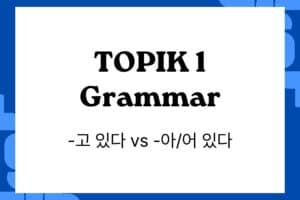
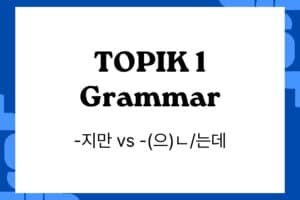
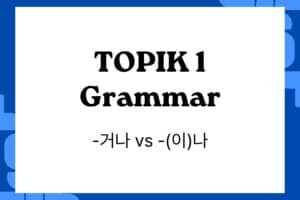
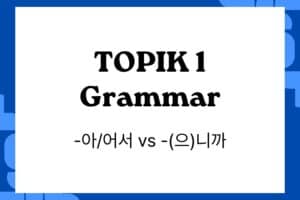





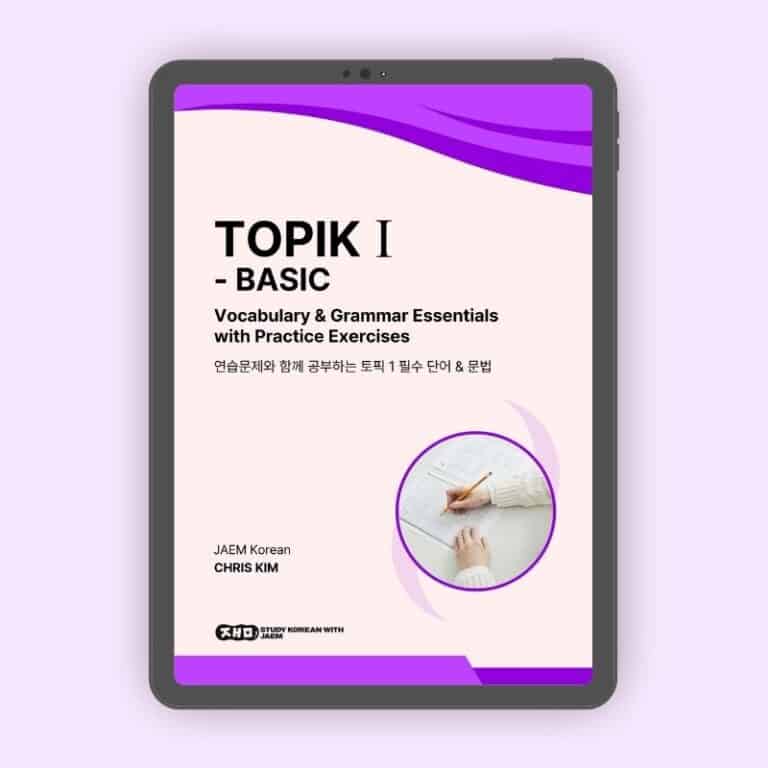

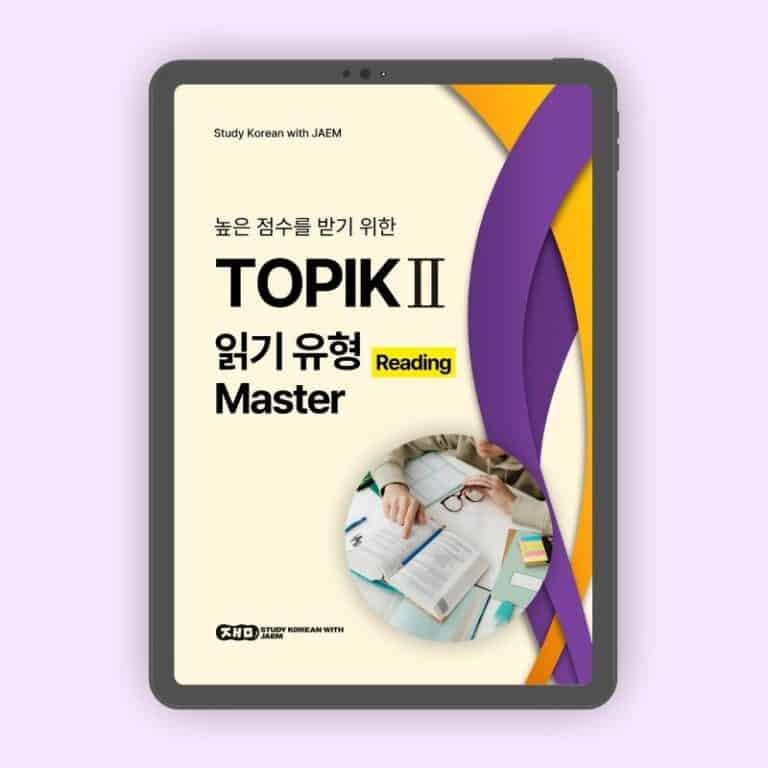

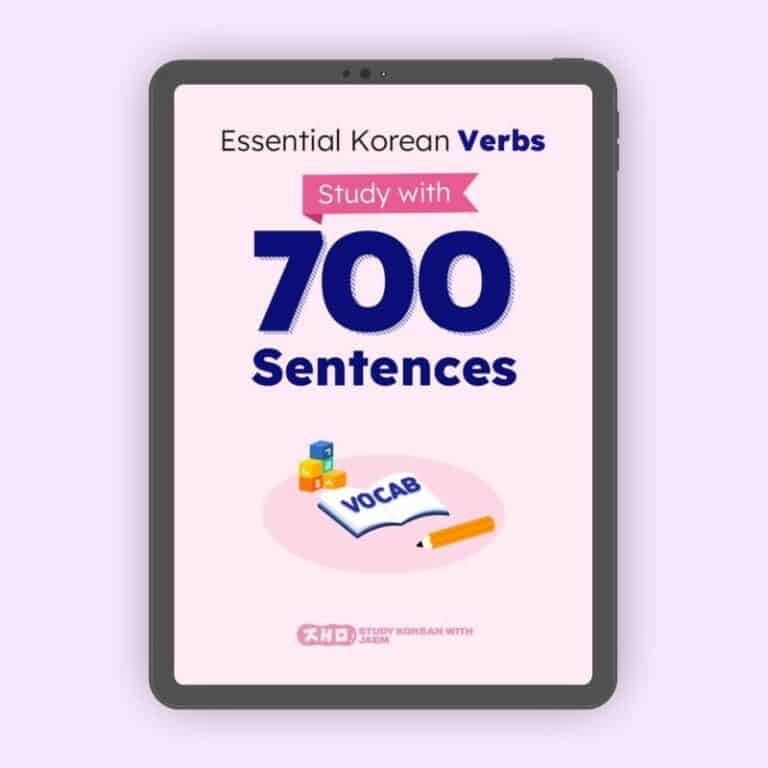




Responses